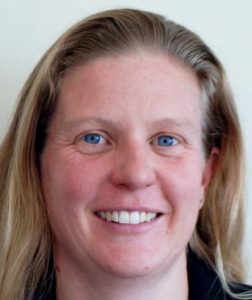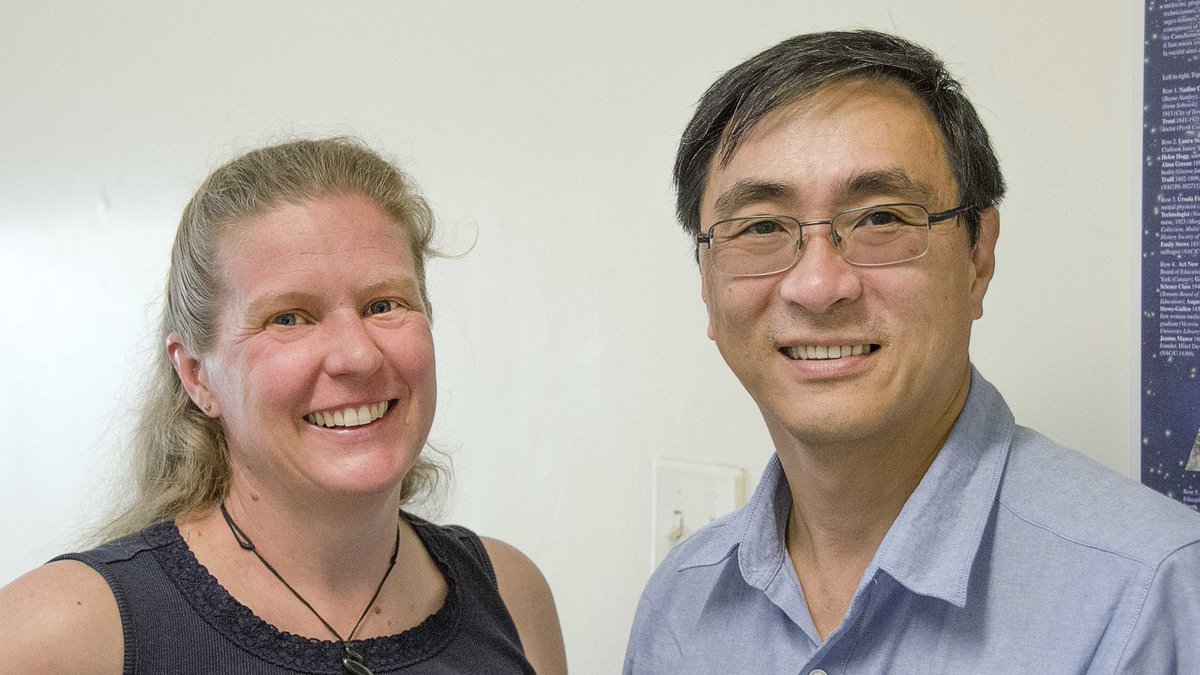
Media
Training to use a commercial brain-computer interface as access technology: A case study
Published by Disability and Rehabilitation: Assistive Technology
2016 Purpose: This case study describes how an individual with spastic quadriplegic cerebral palsy was trained over a period of four weeks to use a commercial electroencephalography (EEG)-based brain-computer interface (BCI). Method: The participant spent three sessions exploring the system, and seven sessions playing a game focused on EEG feedback training of left and right arm motor imagery and a customised, training game paradigm was employed. Results: The participant showed improvement in ...
URL: http://www.tandfonline.com/doi/abs/10.3109/17483107.2014.967313
Optimal Web-Based Survey Design in the Youth Population
Published by Paediatric Rehabilitation Engineering: From Disability to Possibility
2016 Online Web-based surveys are becoming increasingly popular compared to paperand-pen-based surveys when evaluating services or products. This is largely due to reduction in costs, the ease of reaching a geographically diverse population and the ability to analyze and report up-to-the-minute results (Schmidt 1997). Web-based surveys have been used to evaluate education (Layne, DeCristoforo, and McGinty 1999), healthcare (Grant et al. 2010) and public opinion (Angus Reid Global Monitor) and have proven very effective at ...
A Nonlinear model for mouse pointing task movement time analysis based on both system and human effects
Published by IEEE Transactions on Neural Systems and Rehabilitation Engineering
2015 This paper provides a detailed model for analyzing movement time performance during rapid goal-directed pointand-click motions with a computer mouse. Twelve typically developed individuals and eight youths with cerebral palsy conducted point and click computer tasks from which the model was developed. The proposed model is nonlinear and based on both system (target width and movement amplitude) and human effects (erroneous clicks, number of submovements, number of slip-offs, curvature index, and average speed ...
URL: http://ieeexplore.ieee.org/xpls/abs_all.jsp?arnumber=6991617
A real-time computational model for estimating kinematics of ankle ligaments
Published by Computer Methods in Biomechanics and Biomedical Engineering
2016 An accurate assessment of ankle ligament kinematics is crucial in understanding the injury mechanisms and can help to improve the treatment of an injured ankle, especially when used in conjunction with robot-assisted therapy. A number of computational models have been developed and validated for assessing the kinematics of ankle ligaments. However, few of them can do real-time assessment to allow for an input into robotic rehabilitation programs. Method: An ankle computational model was proposed and ...
URL: http://www.tandfonline.com/doi/abs/10.1080/10255842.2015.1064113
A real-time computational model for estimating kinematics of ankle ligaments
Published by Computer Methods in Biomechanics and Biomedical Engineering
2016 An accurate assessment of ankle ligament kinematics is crucial in understanding the injury mechanisms and can help to improve the treatment of an injured ankle, especially when used in conjunction with robot-assisted therapy. A number of computational models have been developed and validated for assessing the kinematics of ankle ligaments. However, few of them can do real-time assessment to allow for an input into robotic rehabilitation programs. Method: An ankle computational model was proposed and ...
URL: http://www.tandfonline.com/doi/abs/10.1080/10255842.2015.1064113
A Robot-Driven Computational Model for Estimating Passive Ankle Torque With Subject-Specific Adaptation
Published by IEEE Transactions on Biomedical Engineering
2016 Robot-assisted ankle assessment could potentially be conducted using sensor-based and model-based methods. Existing ankle rehabilitation robots usually use torquemeters and multiaxis load cells for measuring joint dynamics. These measurements are accurate, but the contribution as a result of muscles and ligaments is not taken into account. Some computational ankle models have been developed to evaluate ligament strain and joint torque. These models do not include muscles and, thus, are not suitable ...
URL: http://ieeexplore.ieee.org/xpls/abs_all.jsp?arnumber=7230258
Biography
Claire Davies' biomedical engineering interested evolved while volunteering at Bloorview Children’s Hospital; now Holland Bloorview Kids Rehabilitation Hospital. Davies found the technology available to the children did not allow them the same freedoms other children had. Davies's research is dedicated to improving the lives of people with disabilities. It covers three main areas: biomaterials, motion analysis, and assistive technology. Her primary research goal focuses on increasing independence of people with disabilities. Understanding the perceptual and physical responses of the senses, primarily vision, haptics and sound, has given her insight into how design of devices should be undertaken to create human-machine interfaces that are easily navigated and accepted. After spending several years designing to meet the needs of specific clients, Davies realised the need for universal design. She is currently an assistant professor in Mechanical and Materials Engineering at Queen’s University with an honorary senior lecturer appointment in the Departments of Surgery and Mechanical Engineering at the University of Auckland. Most of her work is interdisciplinary, seeking to combine input from clinicians and engineers in the design of medical technologies. Some of the student projects Davies supervisors include development of a system that will allow tailored reminiscence therapy for individuals with cognitive impairment, development of a boccia ramp for paralympic athletes, development of an umbrella for individuals with muscular dystrophy, and methods to simplify computer tasks for youth with cerebral palsy. Davies is expanding her areas of research to establish more evidence-based evaluations of individuals with assistive technology. Improvements to prosthetic and orthotic design will allow increased efficiency of human movement. Increasing the universality of assistive technology will enable more effective use of devices. Interface design that provides ease of use is essential to the acceptance by all individuals. Davies's research projects allow engineering students to engage with clinicians and complete design projects that are clinically relevant.
Recognition/Reconnaissance
National AMP Scholarship
2013
Maurice and Phyllis Paykel Trust Grant
2013
Emerging Researcher Award
2014 Auckland University Engineers Association
Advice First Innovator’s Award
2013
Auckland Medical Research Foundation Conference Travel Grant
2013
Additional Titles and Affiliations
Professional Engineers Ontario : Licensed Member
Cerebral Palsy Society : Member
Australasian Academy of Cerebral Palsy and Developmental Medicine : Member
American Academy of Cerebral Palsy and Developmental Medicine : Member
Past Talks
The Effect of Surface Electromyography Placement on Muscle Activation Amplitudes and Timing
IEEE EMBS International Student Conference
Ottawa, ON., May 1, 2016
The Ethical and Practical Issues Surrounding the Design of Assistive Technology for Individuals with Severe Physical Disability and Complex Communication Needs
Proceedings of the 28 th Australia Conference on Human Computer Interaction
Australia, November 1, 2015
Repeatability of Eye-Hand Movement Onset Asynchrony Measurements and Cerebral Palsy: A Case Study
Computer Human Interaction New Zealand Conference
Hamilton, ON., September 1, 2015
Model based Open-Loop Posture Control of a Parallel Ankle Assessment and Rehabilitation Robot
AIM 2015
Korea, May 1, 2015
Expansion Cursor: A Zoom Lens that can be Voluntarily Activated by the User at Every Individual Click
Proceedings of the 28 th Australia Conference on Human Computer Interaction
Australia, November 1, 2016
Research Grants
Technology for Health Engineers in Clinical Residence Seed Project Funding. Principal Investigator with Bruce MacDonald
Organization: Strategic Research Initiative Fund, University of AucklandGrant amount: 60000
Details:
2015 - 2016 Principal Investigator
The Impact of Emerging Technology on Developing and Accessing Assistive Technology. Principal Investigator
Organization: SSHRC Knowledge Synthesis GrantGrant amount: 24856
Details:
2016 - 2017 Principal Investigator
Increasing Independence through access to Technology
Organization: NSERC Discovery GrantGrant amount: 175, 000
Details:
2016 - 2021 Principal Investigator
Intelligent robotic gait therapy and physiological assessment for children with cerebral palsy.
Organization: Cure KidsGrant amount: 56450
Details:
2015 - 2016 Co-investigator
Development of a motion analysis laboratory with a clinical focus
Organization: Faculty Capital Expenditure Round – contestable, University of AucklandGrant amount: 166175
Details:
2014 Principal Investigator

